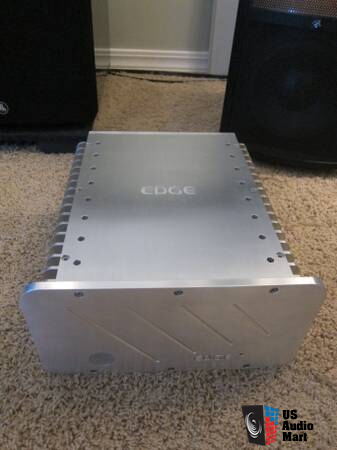Here's a thought:
To any others who regularly work on vintage amps, please chime in if you have found otherwise. In my own experience, I very rarely see an amplifier from a reputable manufacturer that can't meet its published specifications for distortion when working properly. Output power is more hit or miss (and often as not it's a burst rating), but it usually isn't off by too much. We've seen some vintage amps that measure pathetically recently, perhaps any time a used amplifier doesn't meet its published specs it's time for a closer look.
I see old equipment that doesn't meet specs sometimes, and that's usually a sign that it needs maintenance. The usual culprit is that someone decided to modify it, usually someone who is woefully unqualified. Often as not, they screwdriver the bias (or worse yet, the IF coils in a receiver). Given that this forum has a habit of smearing the reputation of the designers and manufacturers of poor-performing equipment, it seems like it'd be worth taking some extra time to verify that the equipment is 1) unmodified and 2) functioning as it should before publishing measurements.

